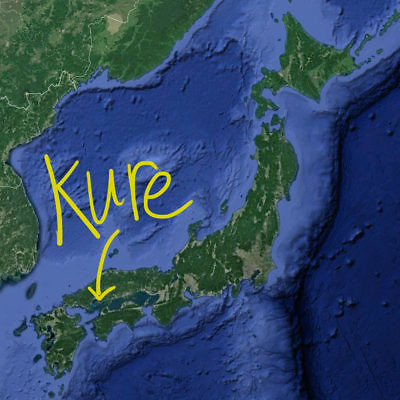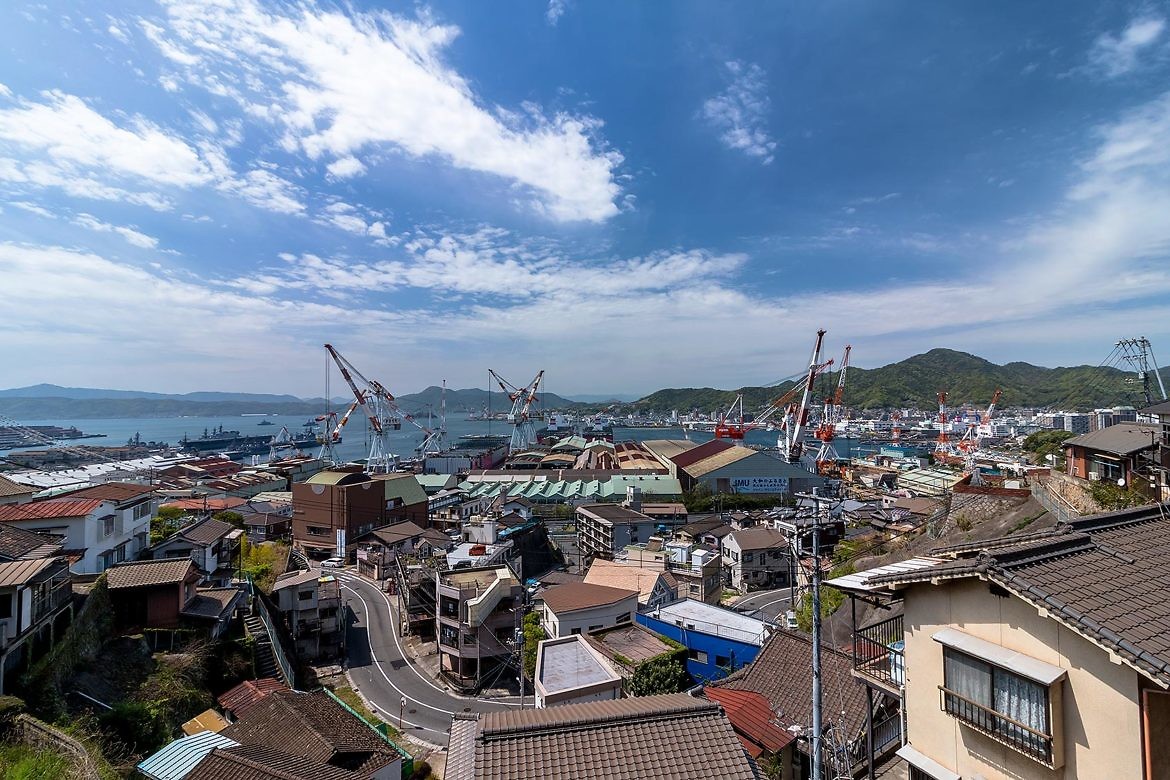What is Deep Kure?
According to exit surveys, 95% of foreign tourists to Japan hope to visit rural places on subsequent visits. Places off the beaten track. Places less flooded with tourists. Places that offer a true glimpse into the heart of Japan.
Places like Kure.
Yet the problem is that many rural areas are difficult for foreigners to find — and even harder to navigate.
That’s where Deep Kure comes in.
We’re a small team of bilingual researchers and locals living in and around Kure who are dedicated to uncovering all the hidden gems of this quiet maritime town. One of the symbols of Kure is the submarine, and just like that sleuthing vessel of the depths, we put Deep Kure online to offer you a periscopic view of exactly the kind of Japan 95% of foreign tourists hope to find.
So grab your scuba gear, and peruse the pages of Deep Kure.
Where is Kure?
 Kure is a port and major shipbuilding city located on the Seto Inland Sea in Hiroshima Prefecture. However, much of Kure’s rich history and unique culture lies hidden below the surface of its maritime image. We made Deep Kure to help people of Japan and around the world discover the charms of Kure City.
Kure is a port and major shipbuilding city located on the Seto Inland Sea in Hiroshima Prefecture. However, much of Kure’s rich history and unique culture lies hidden below the surface of its maritime image. We made Deep Kure to help people of Japan and around the world discover the charms of Kure City.
Shaped by its turbulent naval history, in the past even many shrines and temples in Kure were forced to change location at the command of Navy officers. Today, the countless remnants of Kure’s connection with oceanic warfare await discovery in museums, in parks, and hidden in the history of worn steps and weathered stones.
What kinds of things can you find in Kure?
Kure City includes not only Kure Port, but also four of the Tobishima Kaido’s five scenic islands.
The first of these islands, called Shimokamagari, in the Edo Period, launched vessels replete with envoys on diplomatic missions to Korea.
By contrast, Mitarai, the last of the islands in Kure, thrived as an anchorage for commercial vessels throughout Japan’s medieval era, when boats navigated by the winds, tides, and stars alone. Among Mitarai’s ancient streets stand buildings preserved from the Edo and Showa periods.
Ondo-no-Seto, a channel running through Kure, is known for the legend of Kiyomori, a famous samurai leader of the Heian Period who commanded the sun to refrain from setting so that construction of the channel could be completed in the course of a single day. Ondo-no-Seto also features a famous scarlet red bridge and lovely scenic views.

